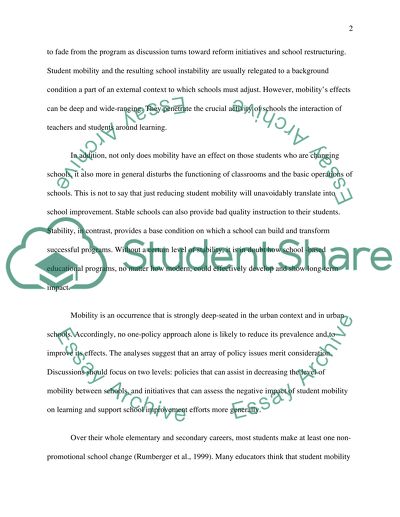Cite this document
(“Does High School Affect Social Mobility Essay Example | Topics and Well Written Essays - 2500 words”, n.d.)
Does High School Affect Social Mobility Essay Example | Topics and Well Written Essays - 2500 words. Retrieved from https://studentshare.org/education/1509418-does-high-school-affect-social-mobility
Does High School Affect Social Mobility Essay Example | Topics and Well Written Essays - 2500 words. Retrieved from https://studentshare.org/education/1509418-does-high-school-affect-social-mobility
(Does High School Affect Social Mobility Essay Example | Topics and Well Written Essays - 2500 Words)
Does High School Affect Social Mobility Essay Example | Topics and Well Written Essays - 2500 Words. https://studentshare.org/education/1509418-does-high-school-affect-social-mobility.
Does High School Affect Social Mobility Essay Example | Topics and Well Written Essays - 2500 Words. https://studentshare.org/education/1509418-does-high-school-affect-social-mobility.
“Does High School Affect Social Mobility Essay Example | Topics and Well Written Essays - 2500 Words”, n.d. https://studentshare.org/education/1509418-does-high-school-affect-social-mobility.


